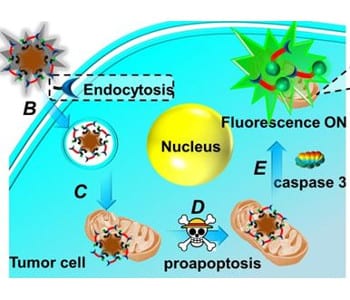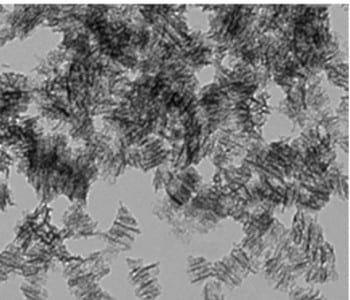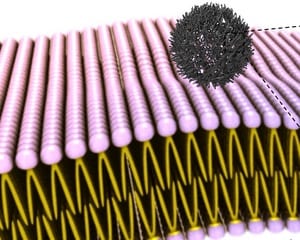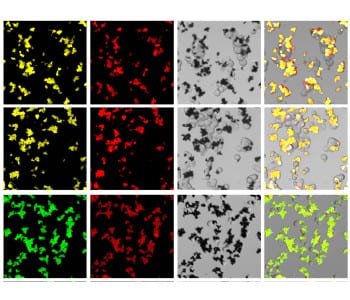Dr. Xian-Zheng Zhang and co-workers have fabricated a biodegradable chimeric peptide for cancer therapy and real-time apoptosis imaging.


Dr. Xian-Zheng Zhang and co-workers have fabricated a biodegradable chimeric peptide for cancer therapy and real-time apoptosis imaging.

North American researchers have prepared luminescent core-shell nanoparticles from non-toxic silicon for use in biomedical imaging.

Researchers in Australia have developed a microscopic on-off light to help investigate how drug delivery systems interact with cells.
Researchers from CAS and other collaborative research institutions have proposed a precision structural model for fullerenols.

Researchers have reported a new method for detecting cancer cells, using SERS and fluorescence dual-encoded magnetic nanoprobes.
Researchers at Nankai University report the design and engineering of a recombinant protein that can be used for drug-delivering hydrogels.

Researchers adapt mobile phones and smart phones to the carrying habits of their users.
Xuesi Chen and co-workers from the Changchun Institute of Applied Chemistry explore the potential of combining chemotherapy with antiangiogenic therapy.

Intensely coloured low-cost films made from cellulose could be used in place of toxic dyes, or to detect counterfeit materials.

New copolymers combine linear and dendritic structures in the same macromolecule: both blocks can be exploited to achieve excellent functionalities.